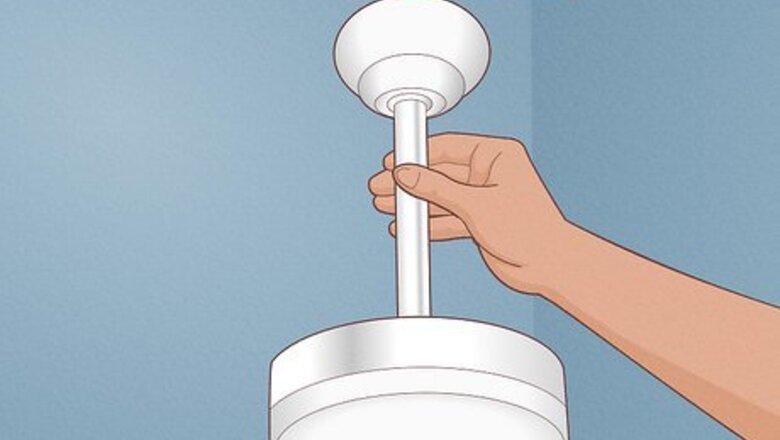
views
Hanging a Hook From a Joist
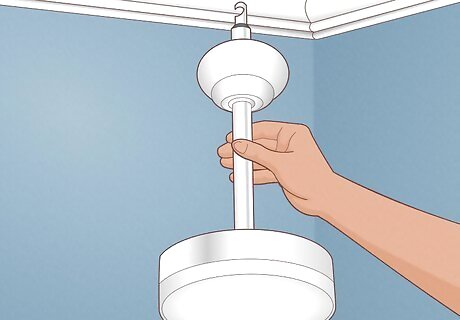
Assess the weight of the suspended item. Estimating the weight of the item you want to hang from the ceiling will determine what size fastener you need. Hanging a paper lantern will require a different fastener than hanging a large, heavy pendant lamp. If the item you are using is less than five pounds, opt for an adhesive hook. Adhesive hooks also come in various sizes and are easy to remove without damaging the paint on your ceiling. (Note that adhesive hooks only stick on to flat ceilings, not textured ceilings.) If the item is especially heavy, balance out its weight using two hook screws. Install the two screws at an angle from each other, not directly vertical.
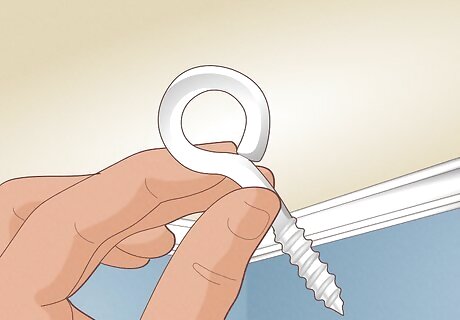
Purchase a hook screw for your ceiling. Hook screws are small fasteners consisting of a pointed, threaded end and a curved hook end. They can be purchased from most hardware stores and will come in different sizes based on the amount of weight they can support. There are various sizes of hook screws. If your item is small, use cup hooks or, even smaller, screw eye hooks. If you're looking to hang something heavier, opt for large utility storage hooks, which are strong enough to hold things like bicycles.
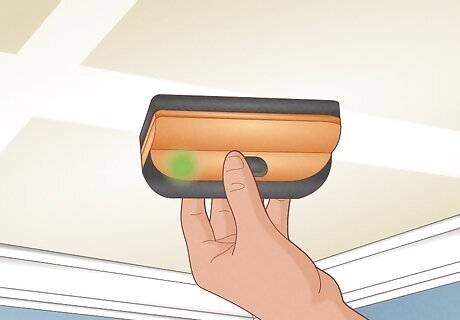
Locate the nearest ceiling joist where you want to hang your hook. A joist is one of the beams that supports a ceiling, and it's the securest place to fasten a hook. The easiest way to locate your ceiling joists is by using a stud finder. You can also use earth magnets to find the location of the screws in the studs. If you don't have a stud finder or earth magnets, knock on the ceiling with your knuckles. The areas between joists will produce a hollow, resonant sound, while the joists will produce a shorter, firmer sound. Ceiling joists are usually spaced either 16 or 24 inches (40.6 or 61.0 cm) apart from each other. Once you've located a joist, quickly find the next one by using a tape measure and measuring out either 16 or 24 inches (40.6 or 61.0 cm). If you have a crawl space or an attic with exposed joists, look to see which direction the joists are laid and also how far apart they're spaced. Use a pencil to mark the desired location of your hook screw once you've found a suitable joist.
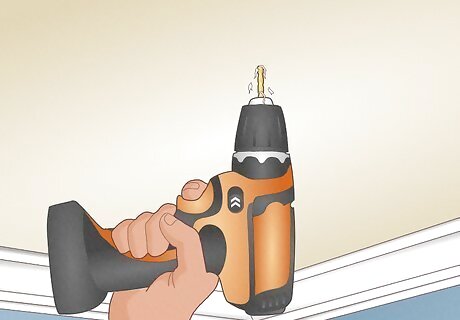
Use an electric drill to drill a pilot hole into the ceiling joist. The pilot hole will allow you to screw the hook screw into the ceiling by hand without it binding up or breaking. Select a drill bit that is about the same diameter as your hook screw's threaded shaft, but smaller than the outer threads themselves. If the hole is too wide, the thread of the screw won't have anything to grab onto. The pilot hole should be slightly deeper than the length of the hook screw's threaded shaft.
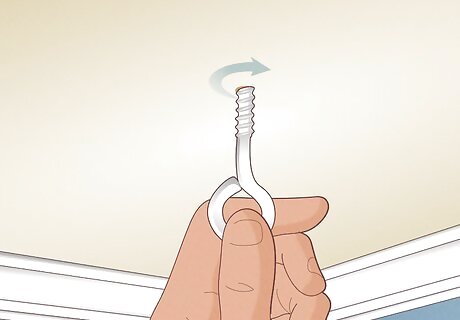
Place the pointed tip of the hook screw into the hole. Gently twist it clockwise; as it gets deeper, you will have to apply firmer pressure. If you have trouble twisting it through the last few rotations, grasp the hook gently with pliers and use the pliers to gain added torque. Stop twisting once the base of the hook is flush with the ceiling. If you twist past this point, you could break the hook.
Hanging a Hook From Drywall
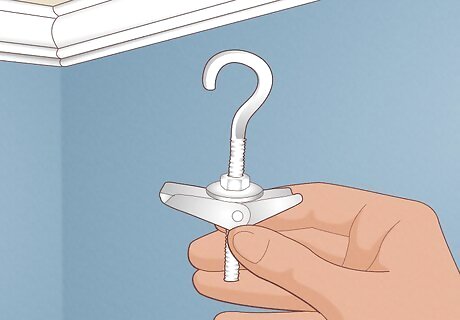
If you must hang your ceiling hook in a location where there is no joist, use a toggle bolt, also known as a toggle "anchor," with a hook. A toggle anchor with a hook consists of a bolt threaded through the center of two spring-loaded wings; a hook is attached to the end of the bolt instead of a standard bolt head. Never use a plastic anchor to hang something from a ceiling. Plastic anchors are meant to be used for lighter loads against a vertical wall. Measure the thickness of the drywall and the weight of the item you want to hang; then consult a chart of load capacities to determine what size toggle bolt you should be using.
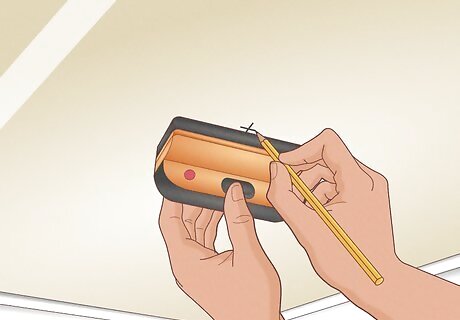
Using a stud finder, select a hollow area in the drywall and mark it with a pencil. A toggle bolt cannot be screwed into a wooden joist, so make sure you're drilling into a hollow area. If you're hanging a lamp, make sure your hole is close to a power outlet that you easily can plug it into.
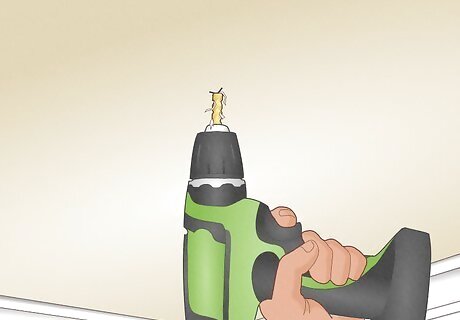
Drill a hole through the mark with an electric drill. The packaging on your toggle bolt should specify how big the hole should be - usually around half an inch. If the packaging doesn't indicate the size, measure the base of the toggle when it's closed to determine how big of a hole to drill. If you're using an especially large toggle bolt, use a paddle bit to drill the hole. A paddle bit is designed to drill larger holes.
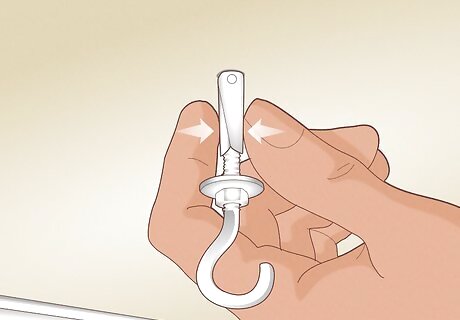
Pinch the wings together and insert them through the hole. When they reach the hollow space, the wings will open. Tightening the bolt will screw the wings down until they are secure against the inner surface of the ceiling.




















Comments
0 comment